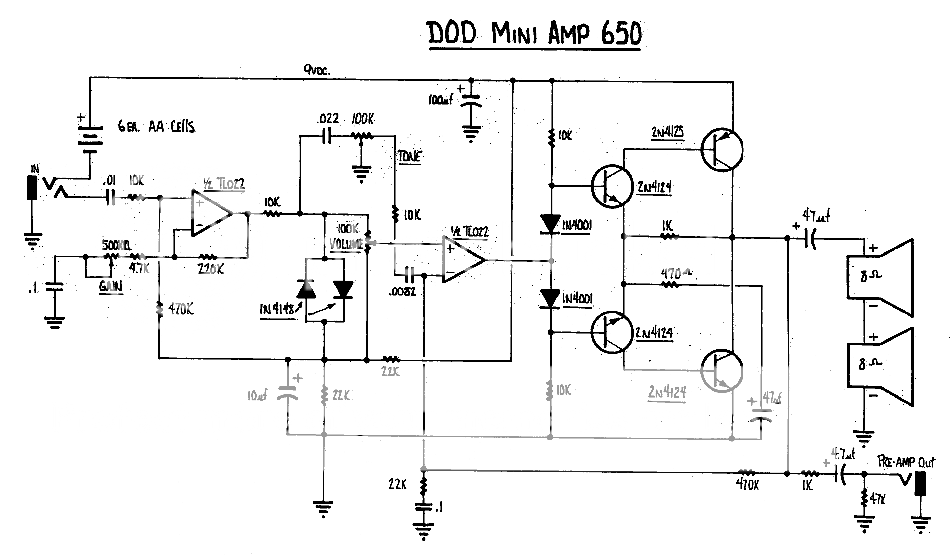Hi new here,
I recently re-discovered a board in my (small) collection & it says:
DOD 650. The only chip on the board says MC1741CP 7719.
If I remember it just boosted the signal.
tried to google but, not too much info.
Any information is helpful thanks!
I recently re-discovered a board in my (small) collection & it says:
DOD 650. The only chip on the board says MC1741CP 7719.
If I remember it just boosted the signal.
tried to google but, not too much info.
Any information is helpful thanks!






Comment